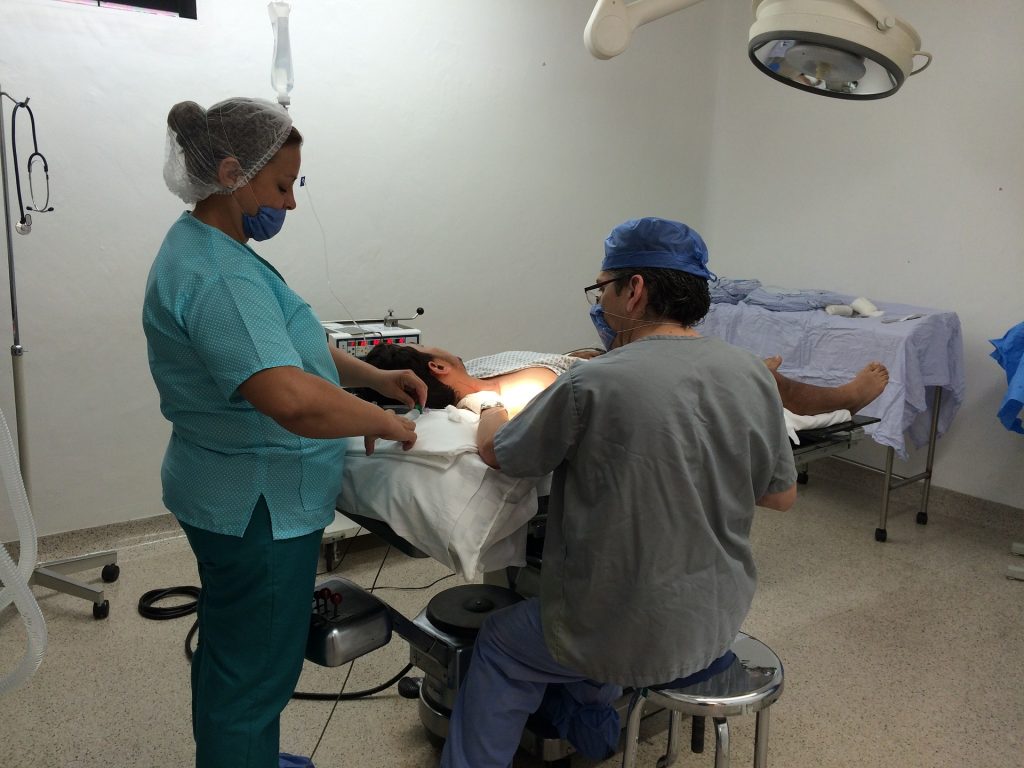The medical assistant profession is highly sought after in our day and age with plenty of employment opportunities in a variety of healthcare settings.
As a medical assistant, you can work in hospitals, clinics, or physicians’ offices.
Those who want to start a career in this profession should be willing to work with patients directly and to collaborate with physicians, nurses, and other healthcare professionals.
Most of the skills needed for this profession, such as administering treatment, assessing a patient’s condition, and assisting physicians when performing procedures, can be learned through training.
Many schools will also teach you the clerical aspects of this profession and how to perform additional duties in a medical office.
Article Table of Contents
Choosing The Right Medical Assistant Trade School
If you decide to start a career in medical assisting, you have to choose the program that best meets your needs, schedule, and career aspirations.
Training programs are available at many trade schools and before enrolling you should first make sure that the school is accredited.
Agencies such as AAMA require that you complete an accredited program before being ready to apply for the licensing exam.
Governing bodies such as the Accrediting Bureau of Health Education Schools and the Commission on Accreditation of Allied Health Education Programs provide accreditation for programs that meet certain requirements.
Diploma Medical Assisting Programs
Some medical assisting trade schools offer training programs that allow students to graduate with a diploma stating that they have successfully completed the MA training program requirements.
These programs are usually one year long and train you in the clinical, clerical, and administrative aspects of this profession.
Diploma medical assisting programs cover topics such as phlebotomy, pharmacology, lab techniques, and clinical procedures and often include a clinical training part.
During this clinical period, trainees work with real patients in real healthcare settings where they can provide actual care, administer treatment, and assess patients.
Certificate Training Programs
Some trade schools also offer certificate training programs for medical assistants that last between one to three semesters.
Certificate programs provide students with the skills needed to work in this profession and are usually completed in the shortest amount of time, compared to diploma or associate degree programs.
If you want to start working in this profession quickly then these programs will help you graduate faster.
However, the training received here is usually less intensive and includes only classes that cover the basic knowledge about medical assisting.
They teach students how to complete various medical procedures and treatments and how to collect and process different types of data.
You may also be required to complete a specific amount of clinical training, working with real patients and doctors.
If all requirements are met, after graduating from a certificate training program you are qualified to sit for the licensing exam.
Associate Degree Programs
Associate degree programs are usually completed in around two years and are available at many trade schools and community colleges.
After graduating from one of these programs you will earn an Associate of Applied Science in Medical Assisting degree.
These are the most extensive training programs available for medical assistants and in addition to core classes, they may also teach you history, psychology, and other useful classes.
The core classes covered by associate degree programs usually include physiology, phlebotomy, basic surgical assisting, patient care, and medical terminology.
Students are also required to complete a specific amount of clinical training where they work with real patients in emergency rooms, hospitals, doctor’s offices, or clinics.
You may also have the chance to work with a specific group of patients, such as general medicine, geriatrics, or pediatrics.
In conclusion, as a future medical assistant, you have the opportunity of choosing between different types of training programs, and before enrolling you should take into account many different factors, including accreditation, duration, curriculum, and the school’s reputation.
Read the full guide: How to Become a Medical Assistant

